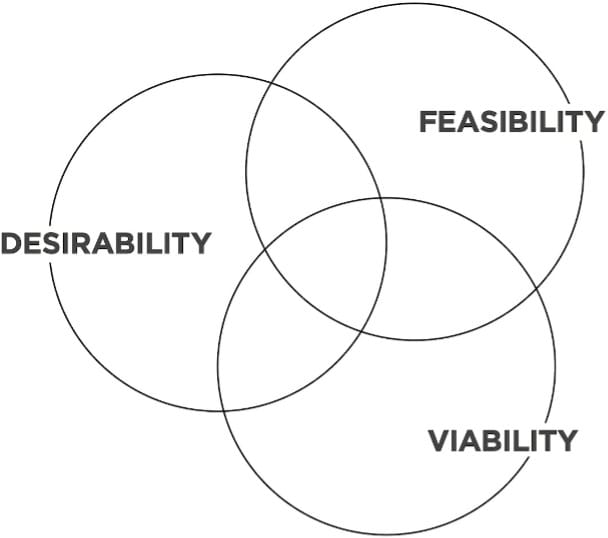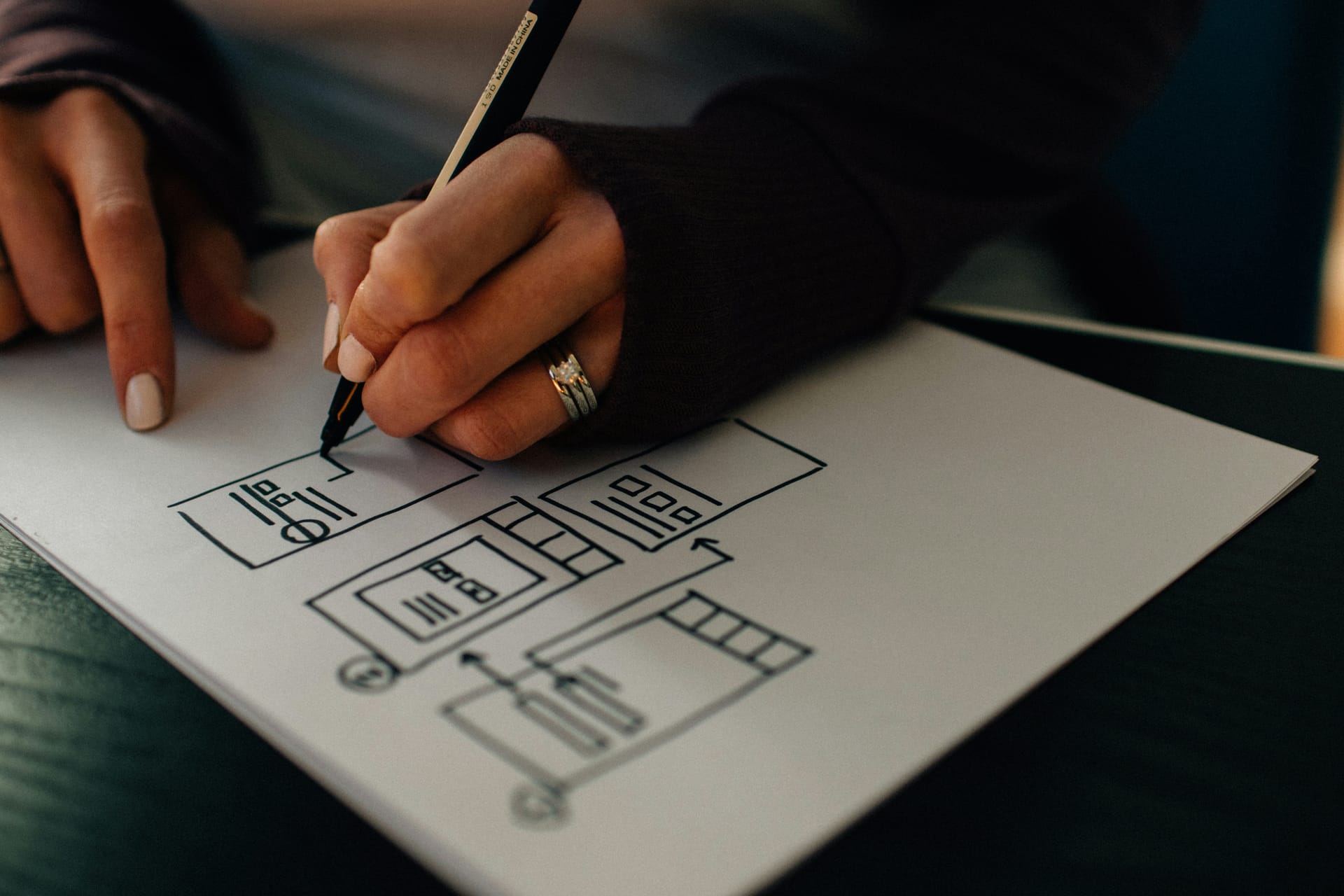Discovering Design Beyond Aesthetics
When I first started my career in engineering, I thought design strictly meant aesthetics. It was about colors, alignment, and polish. I used to think of design as something to implement, not something to participate in. As engineers, we tend to focus on feasibility and how to make things work, how to make it fast, and how to make it testable.
I've always had an interest in design. That curiosity is what made me want to take IDEO U’s "Insights for Innovation" and "From Ideas to Action" courses. I wanted to understand how designers think, how they approach problems, and how that mindset might make me a stronger engineer.
Through those courses, I started seeing design differently. Design is not just about how something looks, but how something works for real people. It is a mindset built around empathy, curiosity, and experimentation. What surprised me most was how compatible that mindset is with engineering when you approach it with intention.
Seeing Through Empathy
One of the most memorable concepts was the idea of listening with your eyes. Yes, that seems like a phrase you might want to skim past, but it ended up being one thing that really set the tone for the course and changed my mindset. It means watching how people behave, not just hearing what they say. When you observe without rushing to fix, you can start to notice the moments that reveal what is really happening. The pauses before a tap, the small moments of confusion when something is not intuitive, and the way people adapt when the flow is not smooth are all small signals that hold meaning. While easy to overlook and rush past, they are important to observe so that we can understand where to improve and how we can truly create designs that cater to our audience.

That practice of observation naturally leads into another concept, building empathy through immersion. Observation shows us what people do, but immersion helps us understand why. Instead of guessing what someone might feel, you intentionally experience a task or limitation from their perspective. When you walk through a flow as a user, not as its creator, you notice friction you might have ignored. When you intentionally step outside your comfort zone or test something as a beginner, you uncover the small frustrations and decisions that shape how people experience technology. That kind of empathy is not theoretical; it is a design skill, and it strengthens engineering judgment in a very tangible way.
Building to Think
Understanding how people experience what we build ties directly into another key idea, the value of building to think. Engineers often build to deliver. We want everything to be correct, efficient, and ready for production before anyone sees it. But design thinking asks us to build earlier, when things are still rough, and to share those early versions for feedback. That shift changes everything. When you treat a prototype as a learning tool rather than a finished product, you start to see the value of feedback not as judgment, but as information. It is how you learn what works, what resonates, and what does not. It is also how you balance the three lenses of design thinking: desirability, feasibility, and viability. Building early and getting feedback helps you test not just whether something can be built, but whether it should be, and whether it makes sense to sustain it in the long run.

Learning these concepts reshaped how I think about problem solving. Design thinking gives structure to things that often feel instinctive, such as curiosity, empathy, and iteration, and turns them into tools for building better products. It reminds me that progress does not come from getting everything right the first time, but from learning quickly and staying open to what others see and feel. That is what makes design so powerful and, ultimately, what makes engineering more human.


